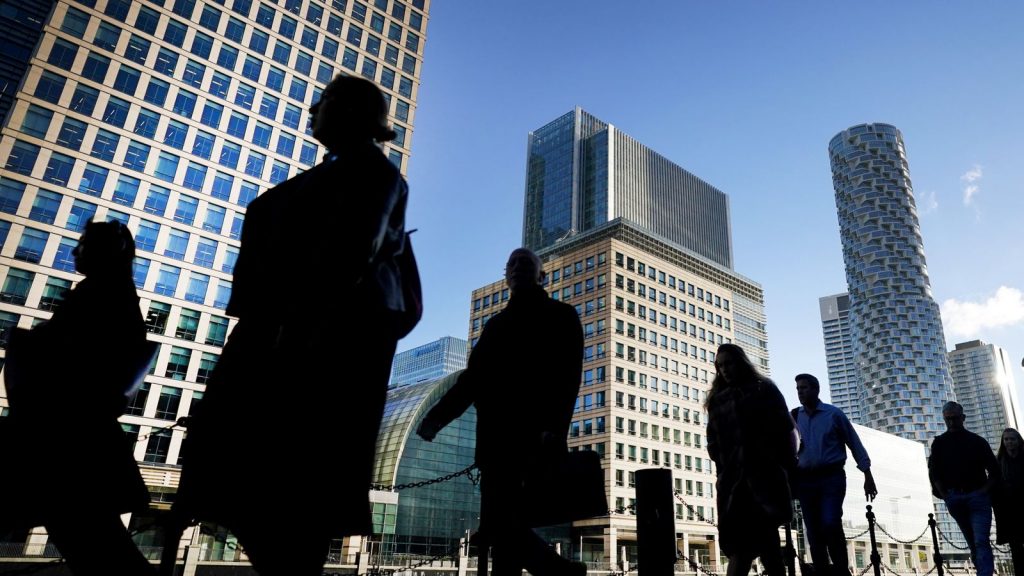Unemployment falls to lowest level since 1974 but pay still lags behind inflation
Unemployment has fallen to its lowest level since 1974, standing at 3.6% in the three months to July.

Unemployment has fallen to its lowest level since 1974, standing at 3.6% in the three months to July.
The Office for National Statistics said the number of people in employment grew by just 40,000 in the May-July period, but this has not necessarily translated into higher wages.
Regular pay, excluding bonuses grew by 5.2% over the period, but when inflation is taken into account, real pay plummeted by 3.9% year-on-year.
Inflation is currently at a record high, having hit 10.1% in July, fuelled by energy and food costs.
Total pay including bonuses lifted by 5.5% for the three-month period, falling by 3.6% with inflation taken into account.
Average regular pay growth for the private sector was 6.0% in May to July 2022, and 2.0% for the public sector; outside of the height of the coronavirus pandemic period, this is the largest difference seen between the two.
Yael?Selfin, chief economist at KPMG UK, said: “Despite the growth in employment, total weekly hours worked fell from the previous quarter, resulting in a drop in average hours.
“This suggests that weakening demand has so far led firms to use their staff for fewer hours rather than lay them off, consistent with the relatively low levels of unemployment.
“Pay packets continue to be squeezed as nominal pay growth hasn’t kept up with soaring inflation.
“As long as demand for staff remains high, this could encourage workers to look for better opportunities and secure a higher pay elsewhere.
“However, the window of opportunity could soon narrow if employers review their payrolls in light of a deteriorating outlook.”



